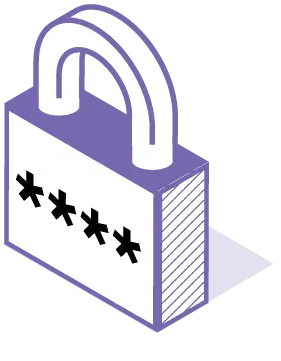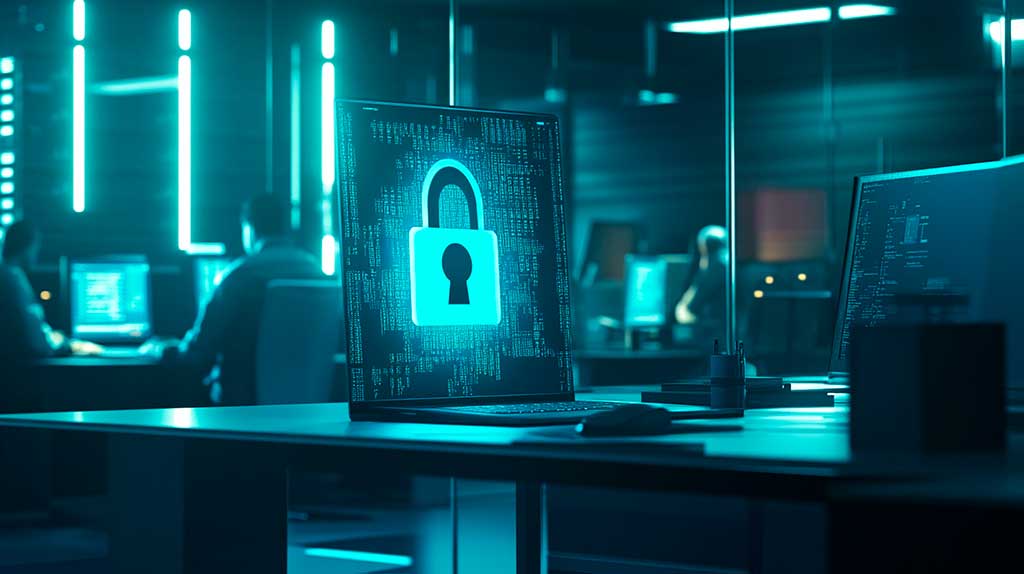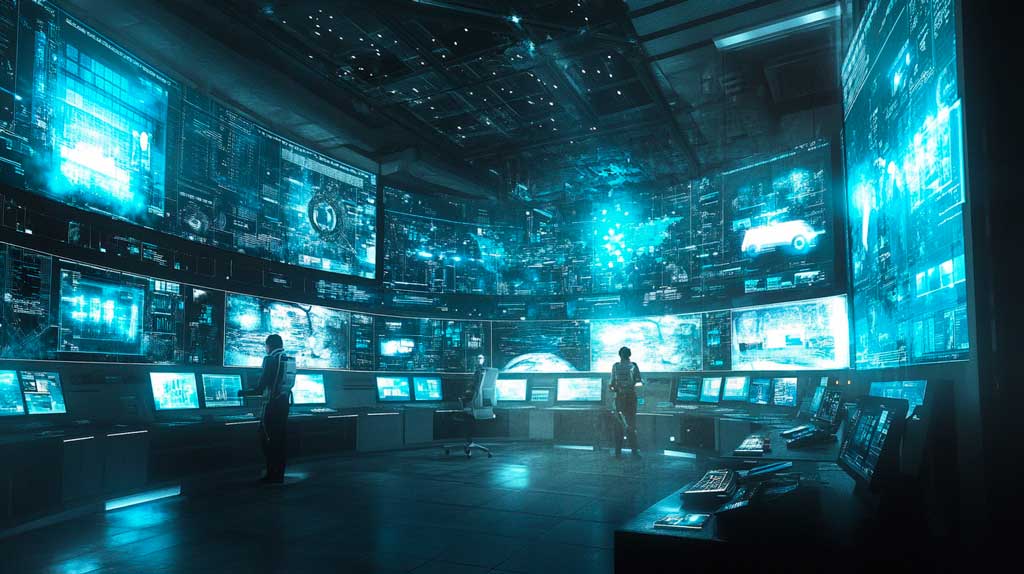Red Mosquito - Blog
Step up Your Endpoint Protection with EDR and MDR

Antivirus software is a fundamental piece of any quality cybersecurity program, but with the rapid evolution of malware and other cyberthreats, it no longer offers strong enough protection on its own. For comprehensive endpoint protection, consider building up your offerings with additional cybersecurity solutions. You might consider either Endpoint Detection & Response (EDR) or Managed Detection & Response (MDR), or both.
In this blog we take a look in more detail at the distinct features of both of these technologies.
Managed Detection and Response (MDR)
MDR is a cybersecurity solution designed to provide security monitoring and management across an organization’s entire IT infrastructure. MDR providers offer comprehensive security as a service, providing all of the tools, personnel, and expertise that an organization requires to protect itself against cyber threats. MDR provides 24/7/365 monitoring by a team of specialist staff.
- Pairs EDR solutions with a security operations center (SOC)
and your in-house cybersecurity team - Evaluates and mitigates the impact of cyberattacks quickly
and effectively - Collects data from multiple sources such as logs, events,
and activities - Uses analytics and machine learning to detect and respond
to threats in real-time - Offers 24/7 threat hunting, detection, and response,
eliminating the need for staffing weekends and holidays
when attacks are more likely to strike
Endpoint Detection and Response (EDR)
EDR solutions, on the other hand, integrate multiple layers of threat prevention, detection, and response into a single solution. EDR solutions work by leveraging increased visibility into an endpoint to more effectively detect potential threats. Key capabilities of an EDR solution include endpoint protection, log aggregation, machine learning, and analyst support.
- Monitors the behaviour of all the applications on an endpoint or network device.
- Detects suspicious activity that antivirus may have
missed, which could signal a cyberattack is occurring. - Offers advanced analytics and machine learning
capabilities that improve detection accuracy. - Uses the Cloud.
Antivirus
- Prevents, detects, and removes malware
- Can be set to run daily malware scans in
the background without interrupting end
user workflows - No longer sufficient against new and
unknown malware threats
Implementing EDR and MDR solutions. in addition to antivirus, is recommended for comprehensive endpoint protection. To learn
more about how RedMosquito can help fortify your cybersecurity offerings call us on 0141 348 7950 to talk to a specialist.
Leave a comment below.

The Growing Importance of Cybersecurity for Irish SMEs in 2025
Introduction The digital world is evolving at an unprecedented pace, and with it, the risks that businesses face are also growing. Cybersecurity is no longer just a concern for large corporations; it has become a critical priority for Small and Medium Enterprises (SMEs) in Ireland. Many SMEs mistakenly believe that[…]

The Future of IT Support: How Irish Businesses Can Stay Ahead in 2025
Introduction The way businesses approach IT support is undergoing a significant transformation. In the past, IT support was primarily reactive—companies would only call for help when something broke. However, in 2025, Irish businesses must adopt a proactive approach, ensuring that systems remain efficient, secure, and[…]

Disaster Recovery Planning: Why Irish Businesses Need It in 2025
Introduction Unexpected IT failures, cyberattacks, and natural disasters pose serious risks to businesses. Without a solid disaster recovery plan (DRP), companies may suffer data loss, operational downtime, and financial damage.

Cloud Computing Trends: How Irish Businesses Can Benefit in 2025
Introduction Cloud computing is no longer just an IT trend; it has become the foundation of modern business operations. Over the past decade, companies in Ireland have transitioned from traditional on-premise IT infrastructure to cloud-based solutions, benefiting from scalability, flexibility, and cost efficiency.